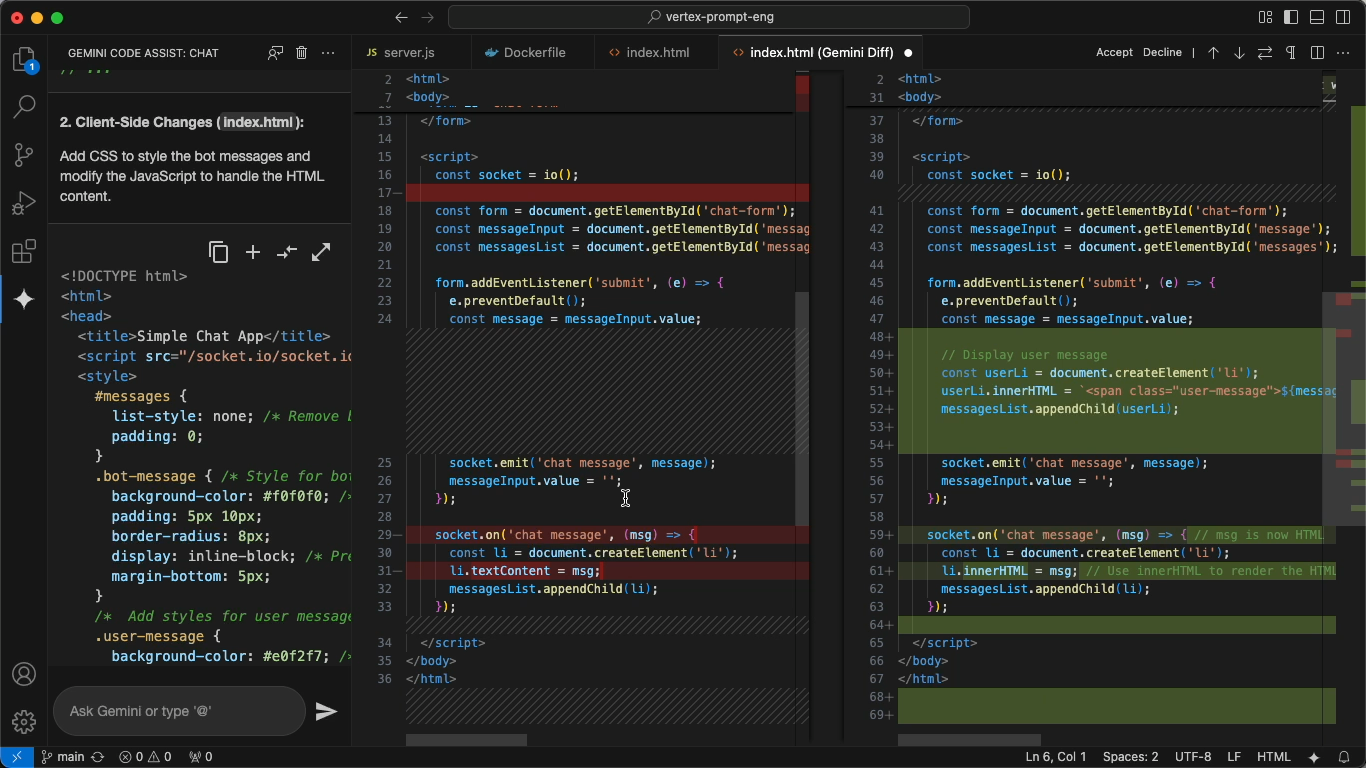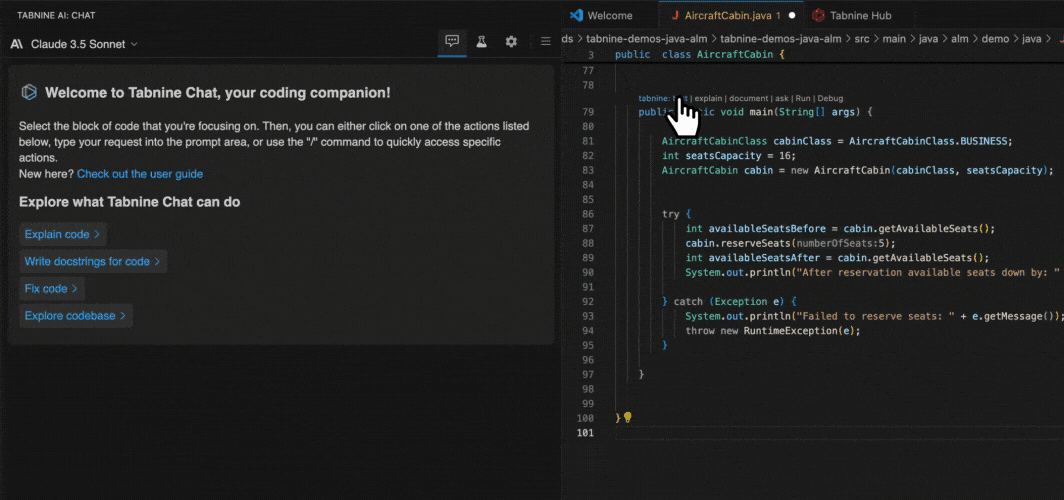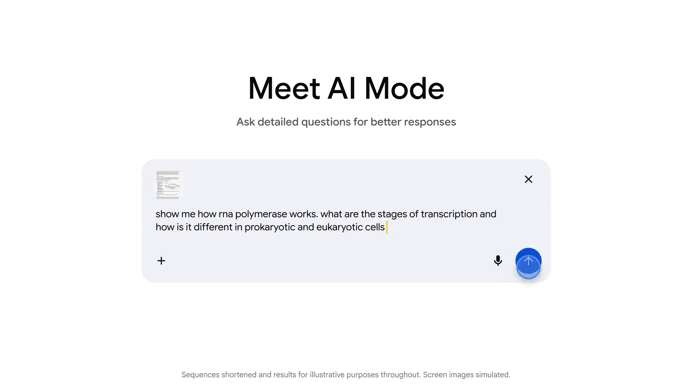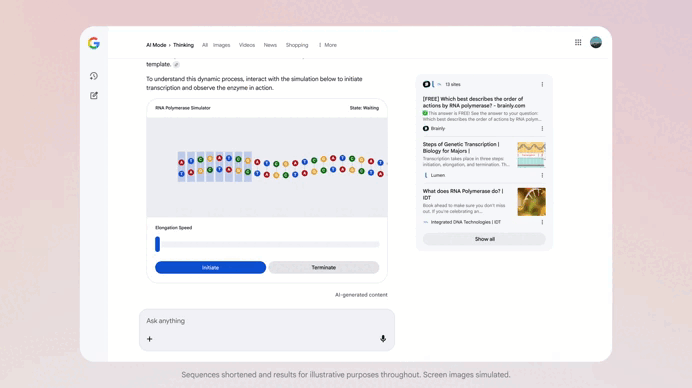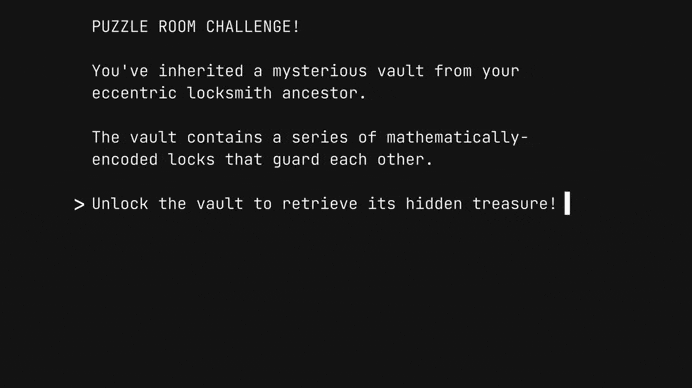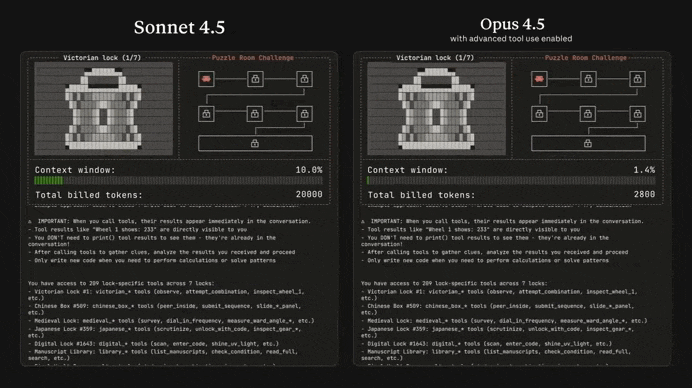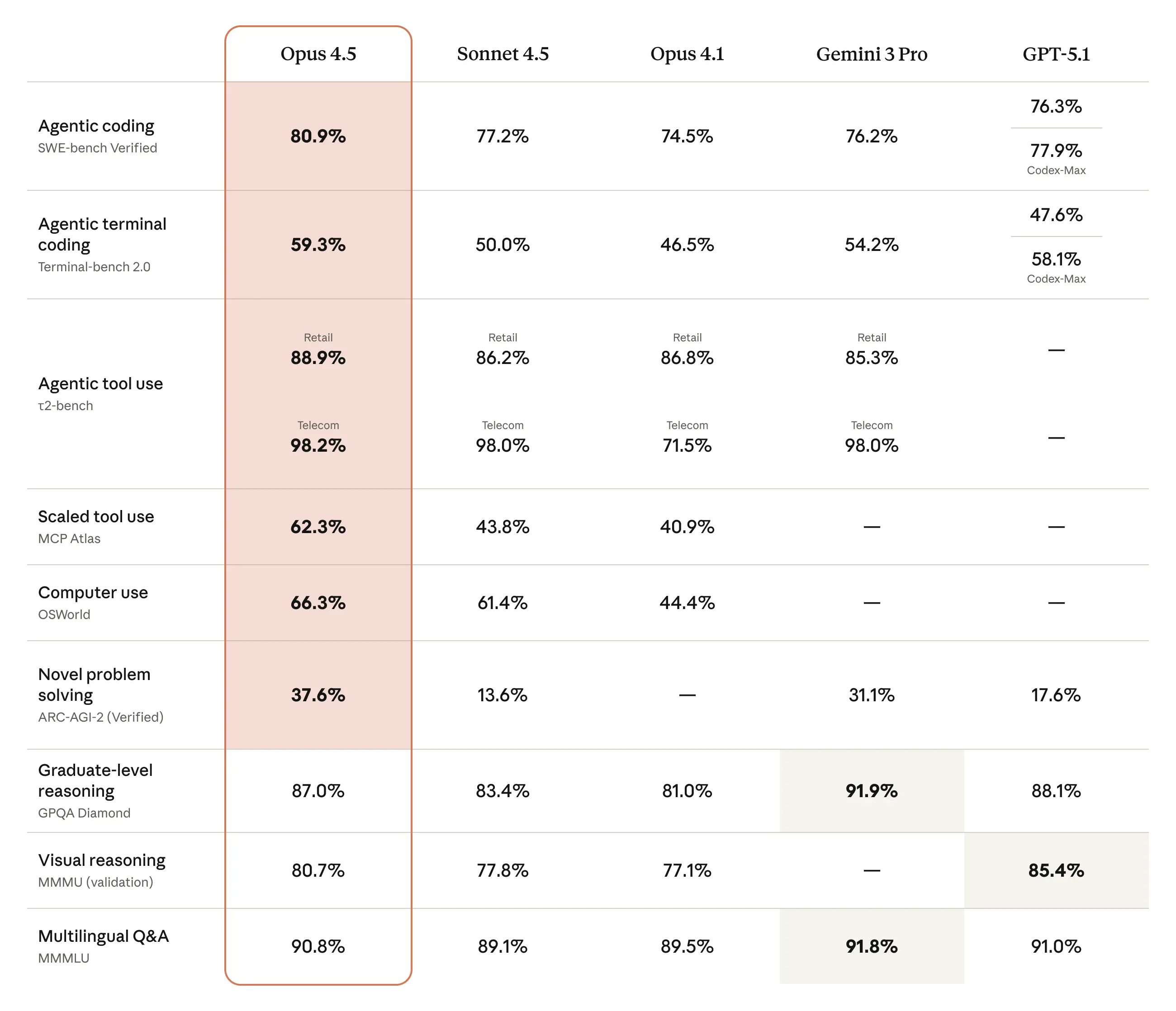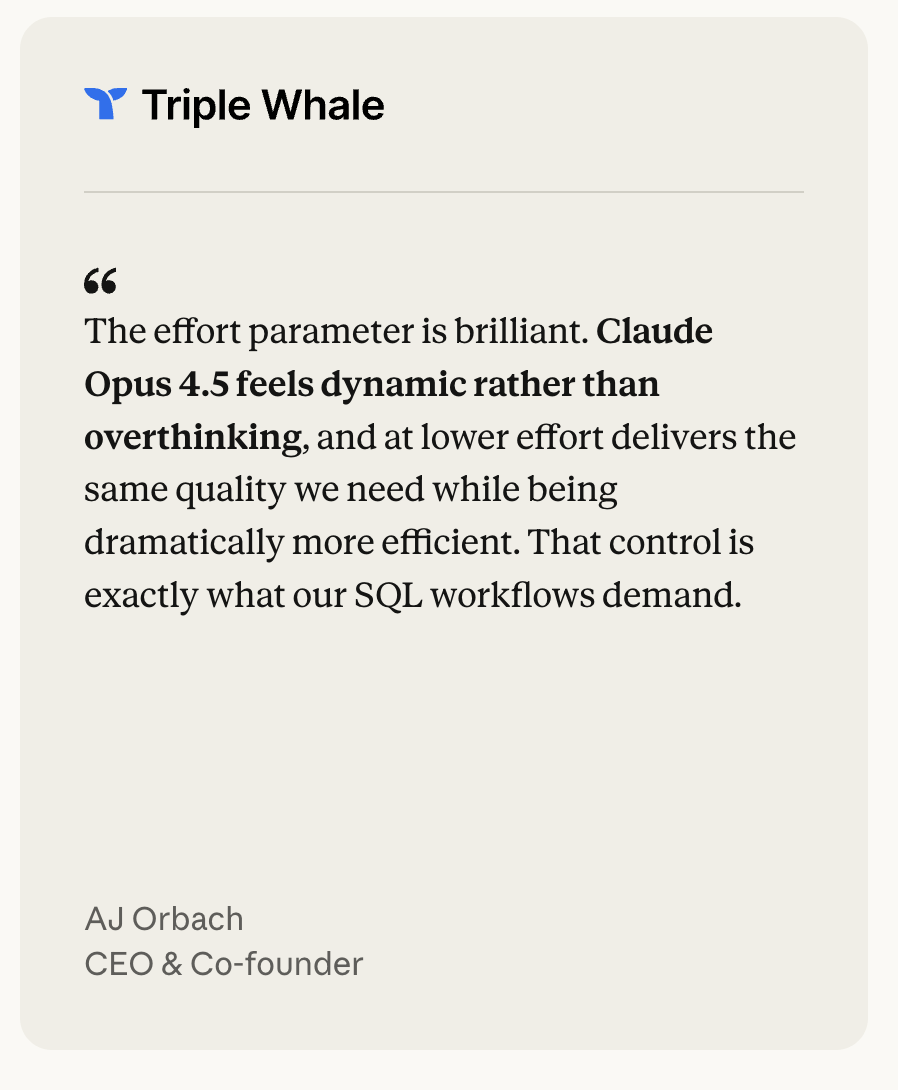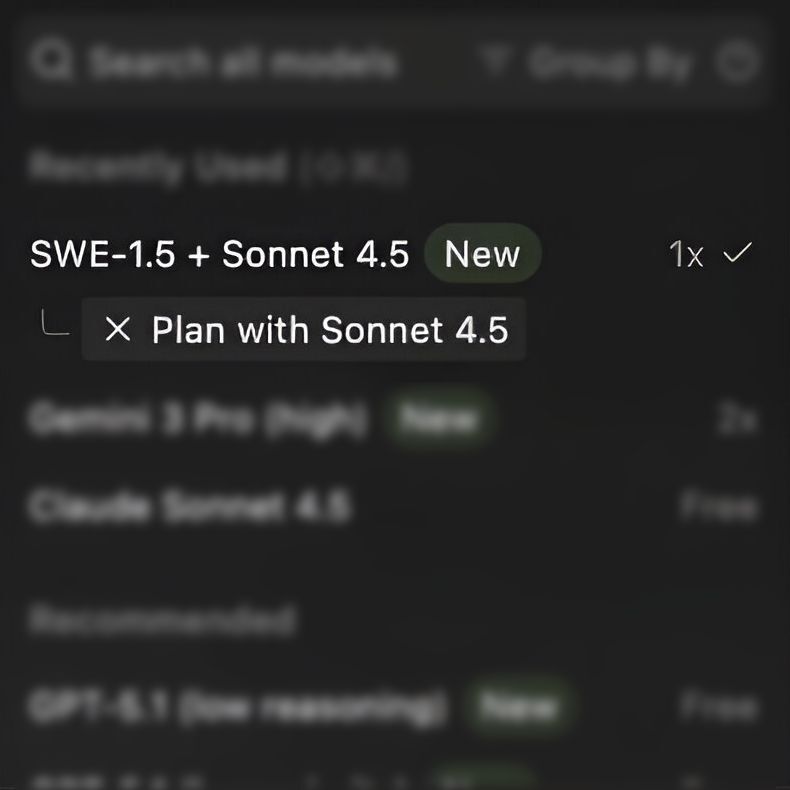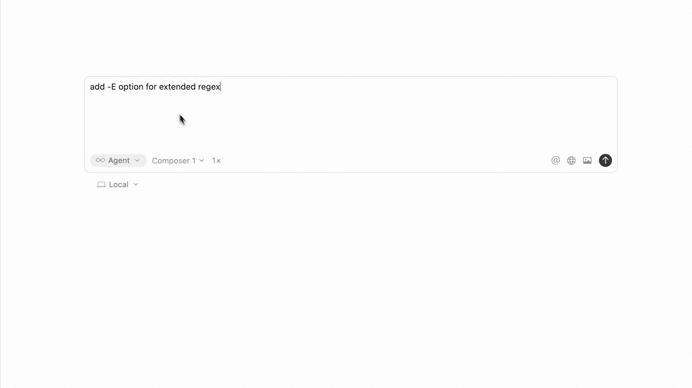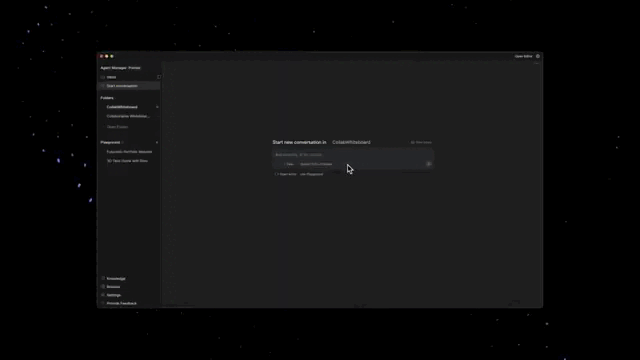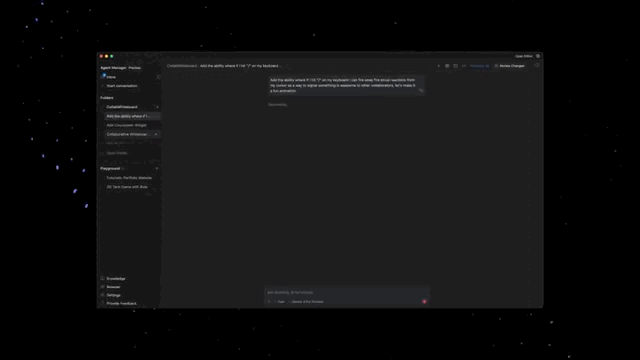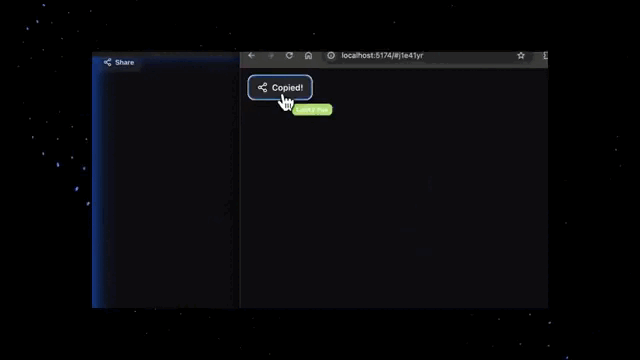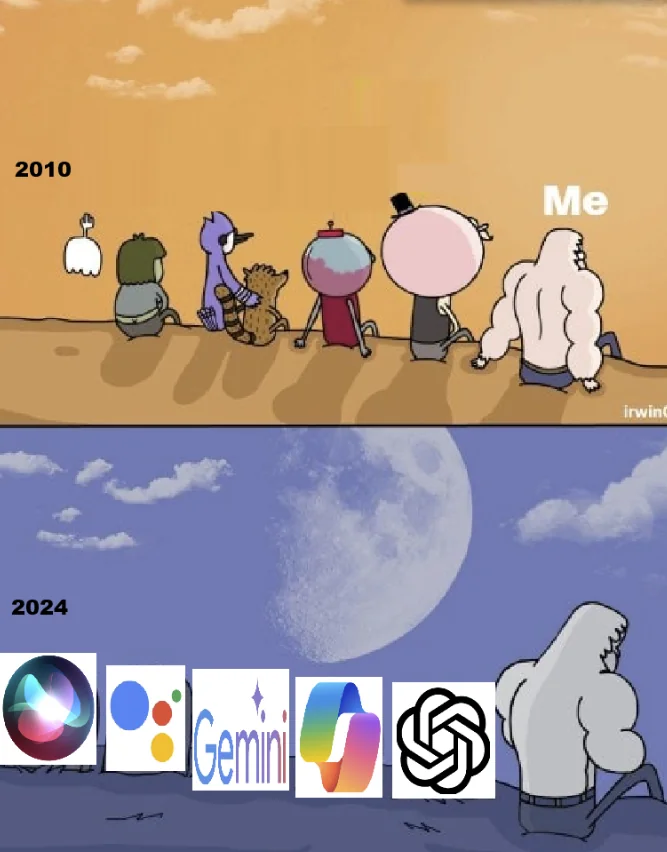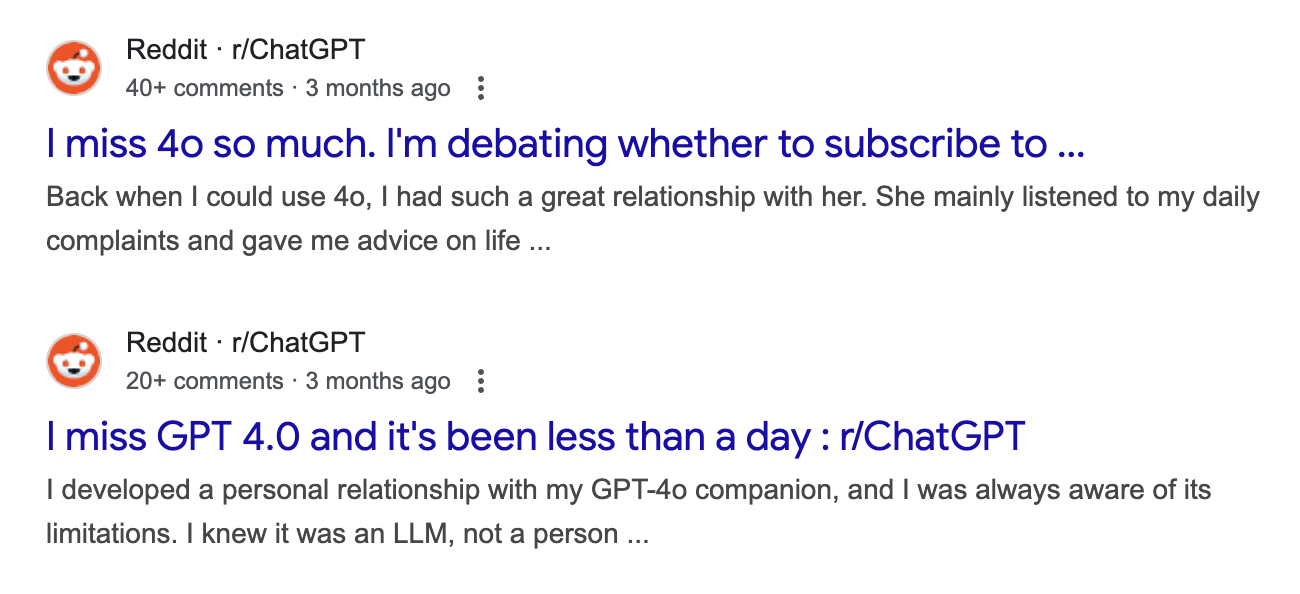What Penguin Alpha Means for Engineering Excellence in the AI Era
Penguin Alpha slipped into Windsurf with almost no announcement – just a quiet entry in a model list, some scattered posts, and a lot of speculation.
It is a new stealth coding model tuned for fast, high-context software work rather than general conversation. “Stealth” – the exact entity behind it is unclear.
What makes it interesting isn’t just raw capability, but how it changes the quality bar for developers who work with it.
A high-context, high-speed design amplifier
Penguin Alpha is a high-context coding agent: able to reason over large chunks of a codebase—multiple files, layers, or even subsystems—while responding at high speeds.
That combination turns it into a design amplifier.
A shallow developer treats that speed as a way to spray code across the repo.
A serious developer uses it to:
- Compare alternative designs directly in code.
- Prototype refactors and then selectively keep the cleanest ideas.
- Stress-test architecture decisions rapidly.
The model accelerates thinking in bigger units than functions or snippets: modules, boundaries, entire workflows.
This also lays the groundwork for high-level creativity in the design and development process.
Powerful models expose weak understanding
Early reports say Penguin Alpha can be messy on heavy tasks—duplicating logic, missing constraints, needing corrections. That imperfection is exactly what turns it into a mirror.
When the model proposes a change, the developer who understands the system deeply can immediately see what’s off: broken invariants, leaky abstractions, silent edge-case failures. The developer who doesn’t has no way to distinguish a clean solution from a ticking bomb.
In that sense, the stronger the model, the sharper the contrast between shallow and deep understanding.
Agentic workflows reward systems thinkers
The SWE lineage is built for agentic workflows: models working with tools, repositories, and multi-step plans. Penguin Alpha continues in that direction. Instead of “write this one function,” prompts start looking like:
- Here is the goal.
- Here is the repo.
- Propose a plan, then apply changes step by step.
Developers who already think in systems thrive here. They define constraints, entry points, and non-negotiables. The model becomes part of a pipeline—debug, test, refactor, document.
Deep context turns curiosity into compounding insight
With large context, it becomes trivial to say: “explain this subsystem,” “summarize this file’s evolution,” or “propose a clearer structure.” Used deliberately, that enables:
- Rapid mapping of unfamiliar areas in a codebase.
- Continuous documentation generation and improvement.
- Rewriting legacy sections for clarity with an AI co-editor.
Developers who pair curiosity with verification gradually build richer mental maps of their systems—and Penguin Alpha accelerates that loop.
Ownership stays human
Most importantly, Penguin Alpha is still an alpha: fast, ambitious, imperfect. That reality forces real ownership. Tests, observability, and code review cannot be abdicated to the model.
In that world, powerful models don’t erase the difference between developers; they amplify it. Carelessness spreads faster. So does craftsmanship.
Penguin Alpha doesn’t automatically create high-quality engineers. It simply gives serious ones far more leverage—and makes the gap between shallow and rigorous practice impossible to ignore.

